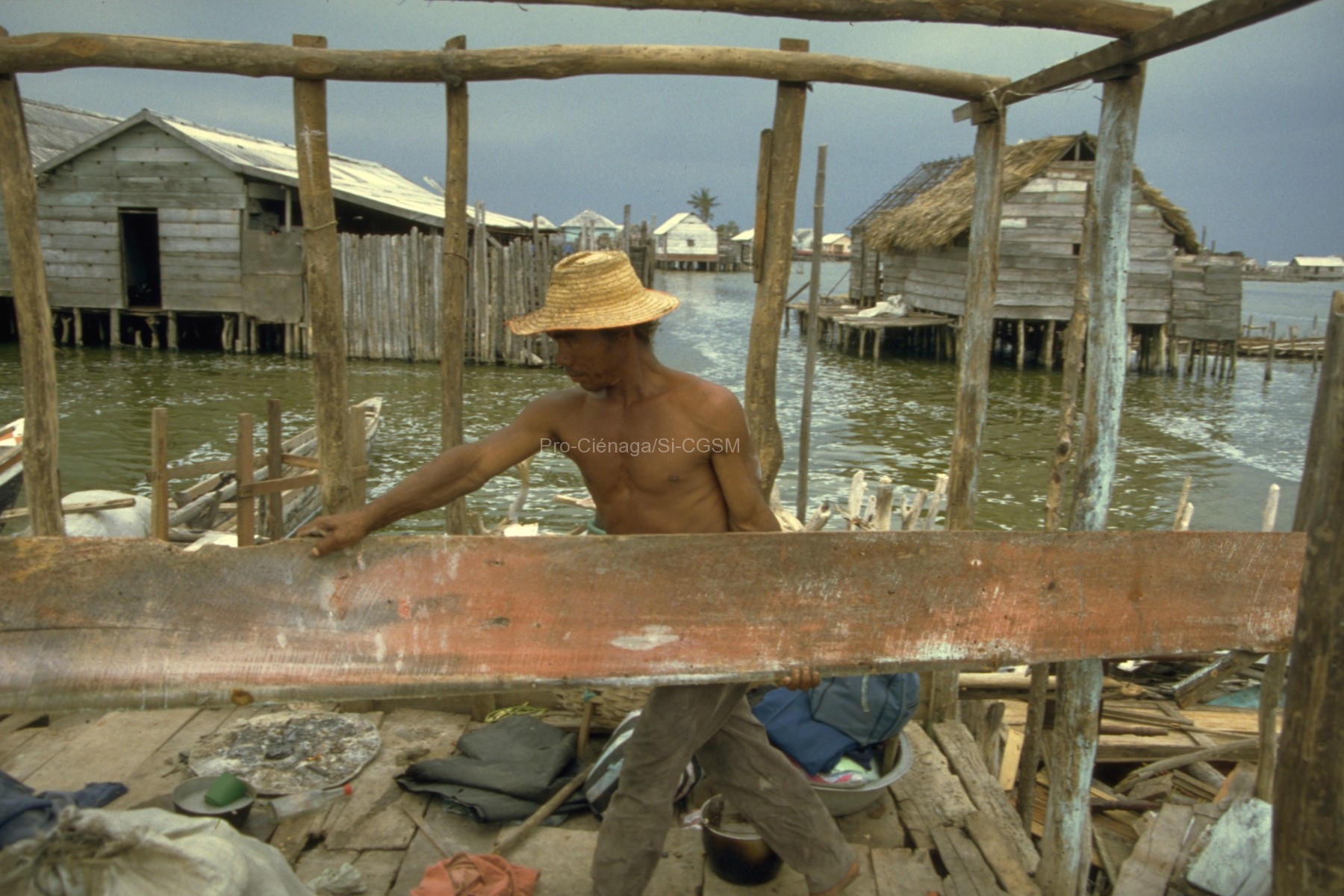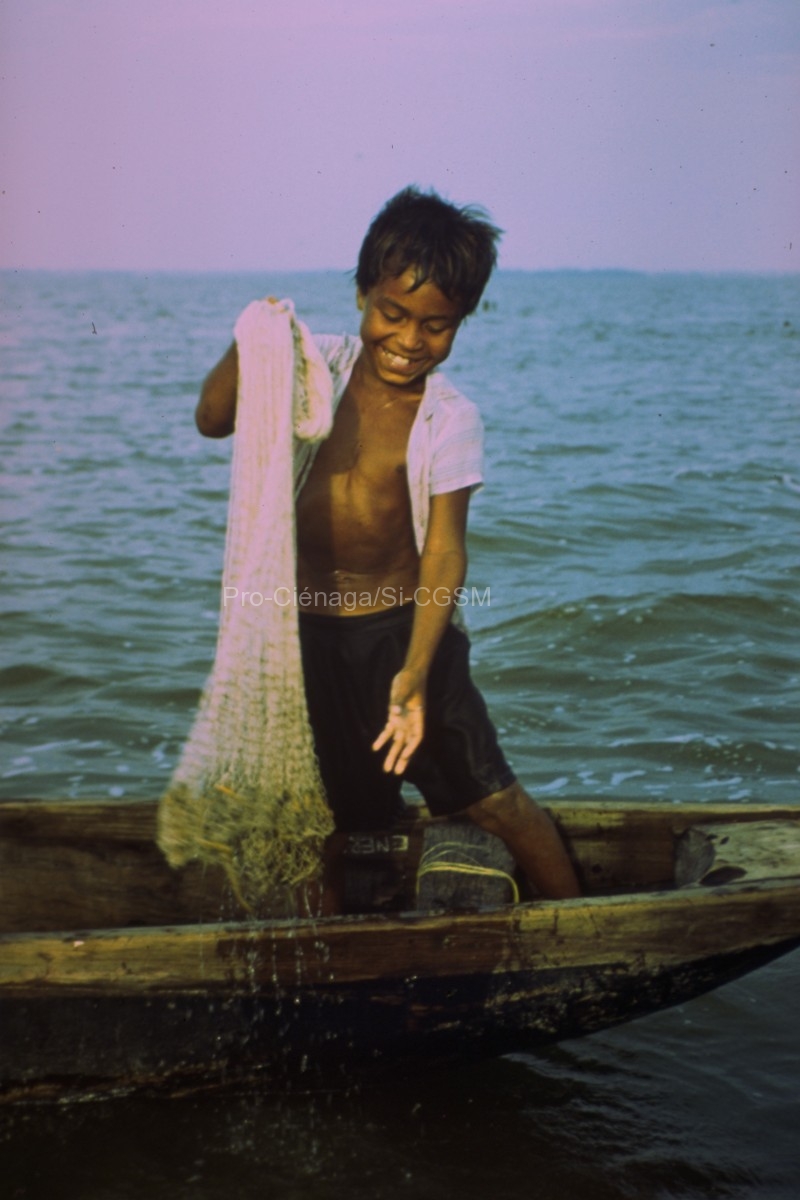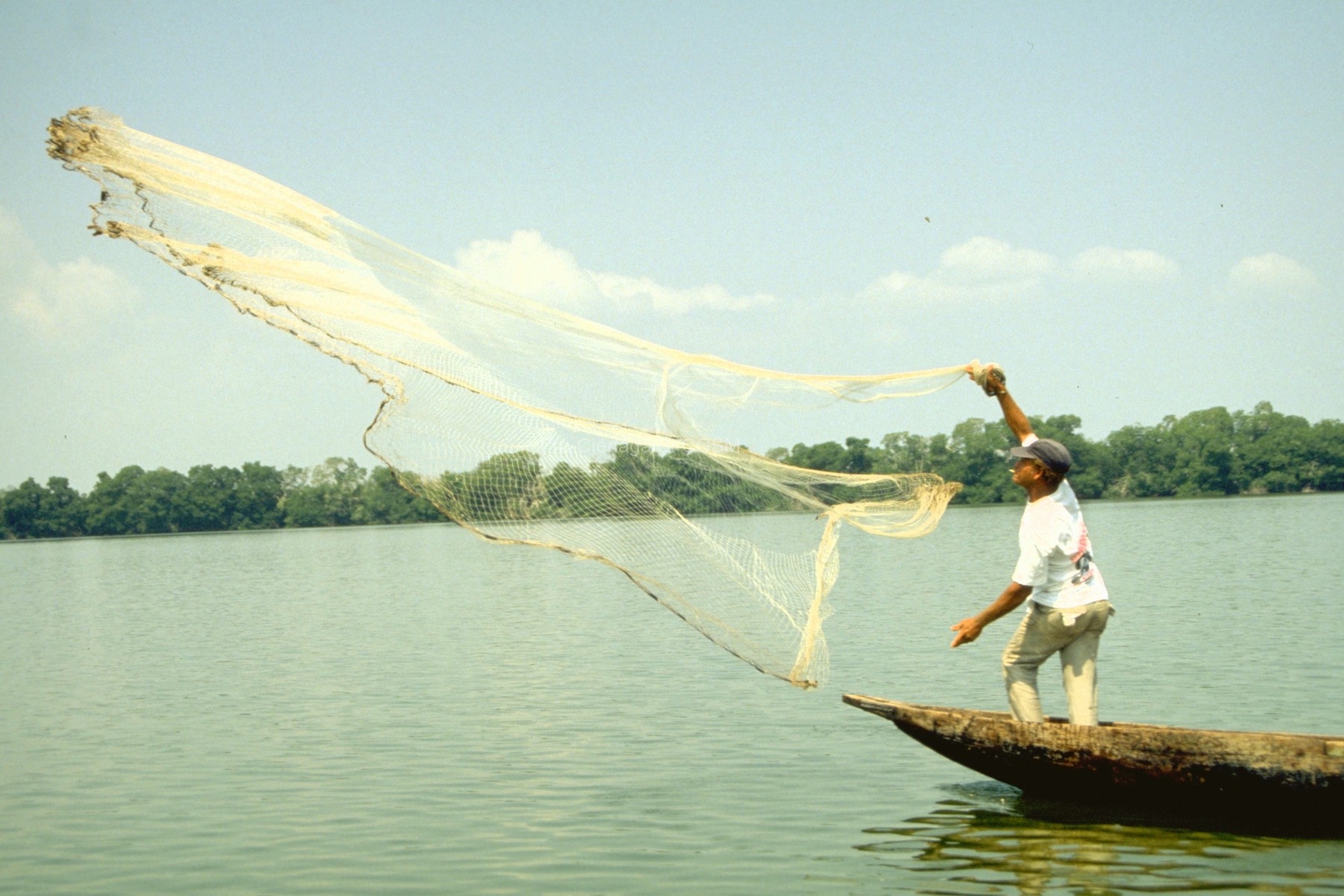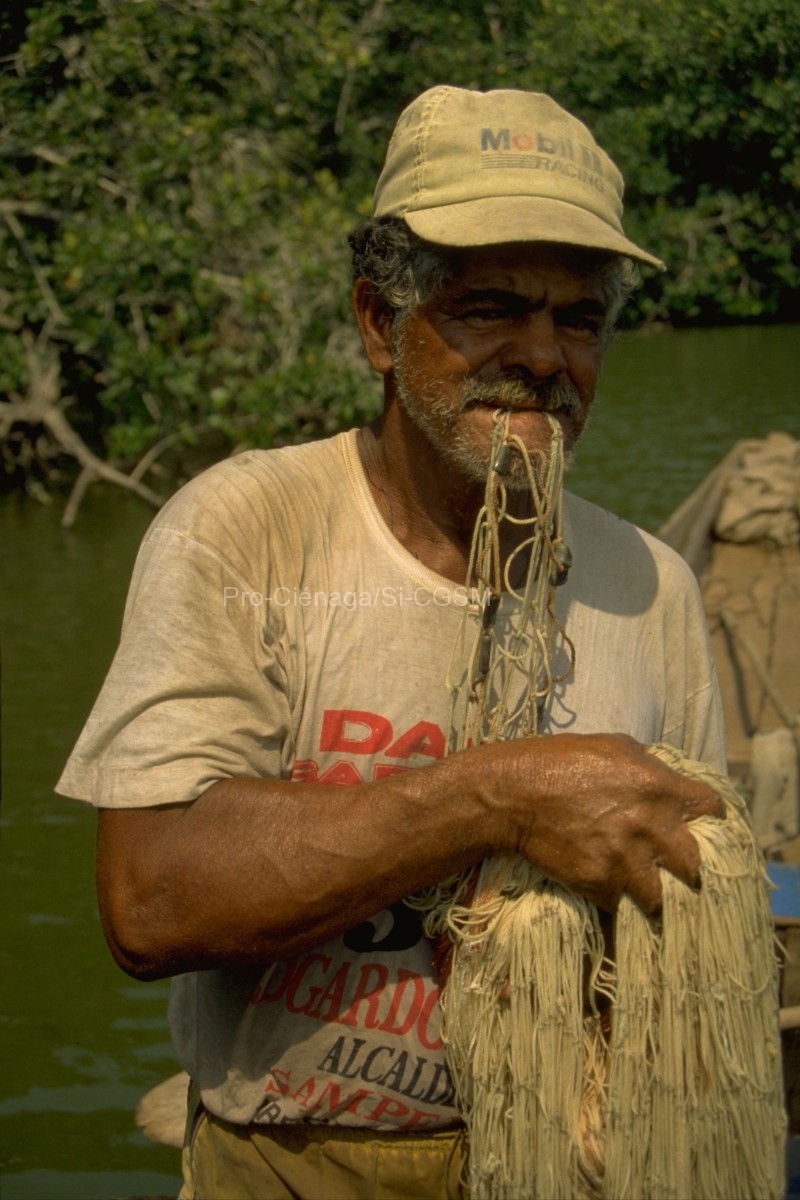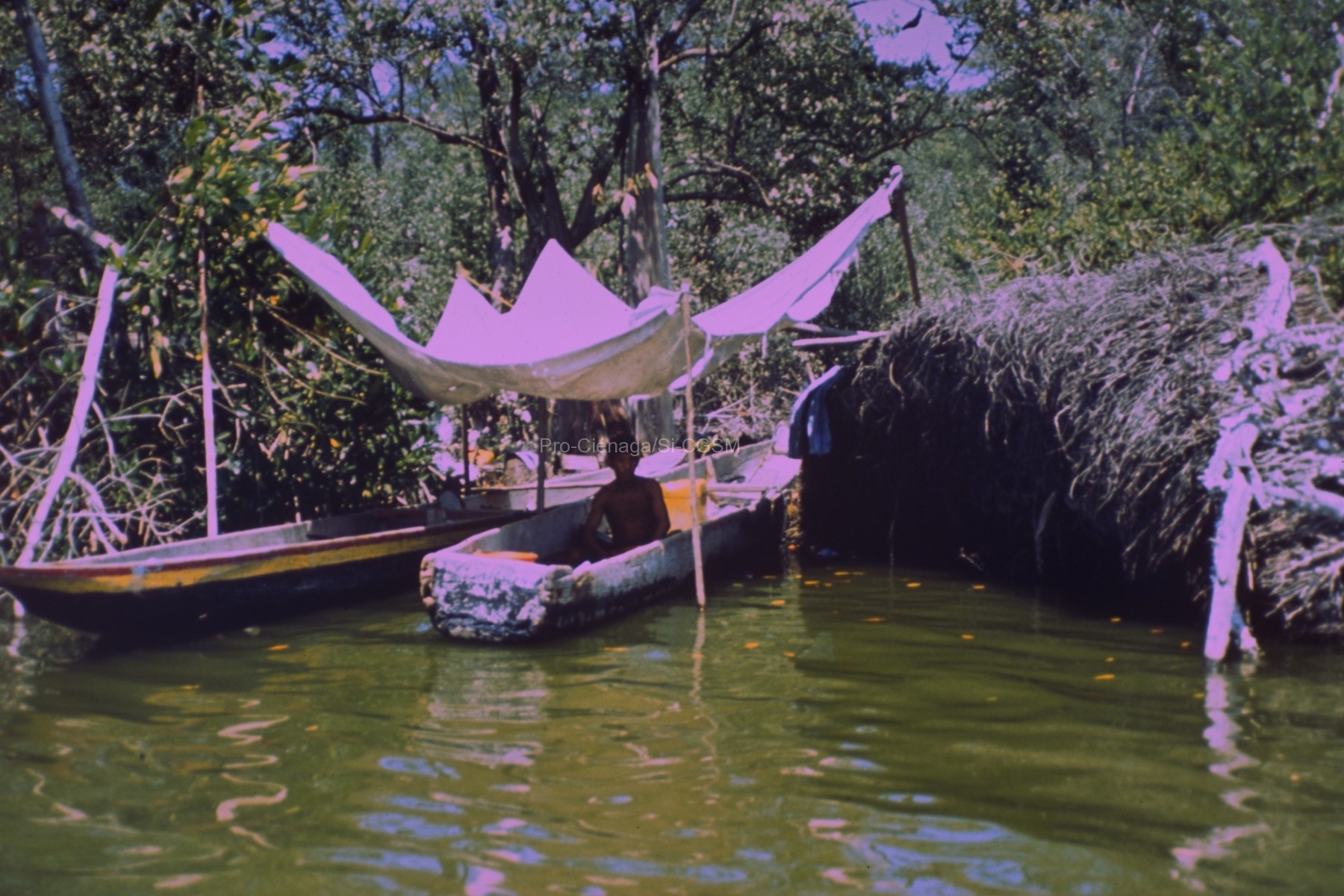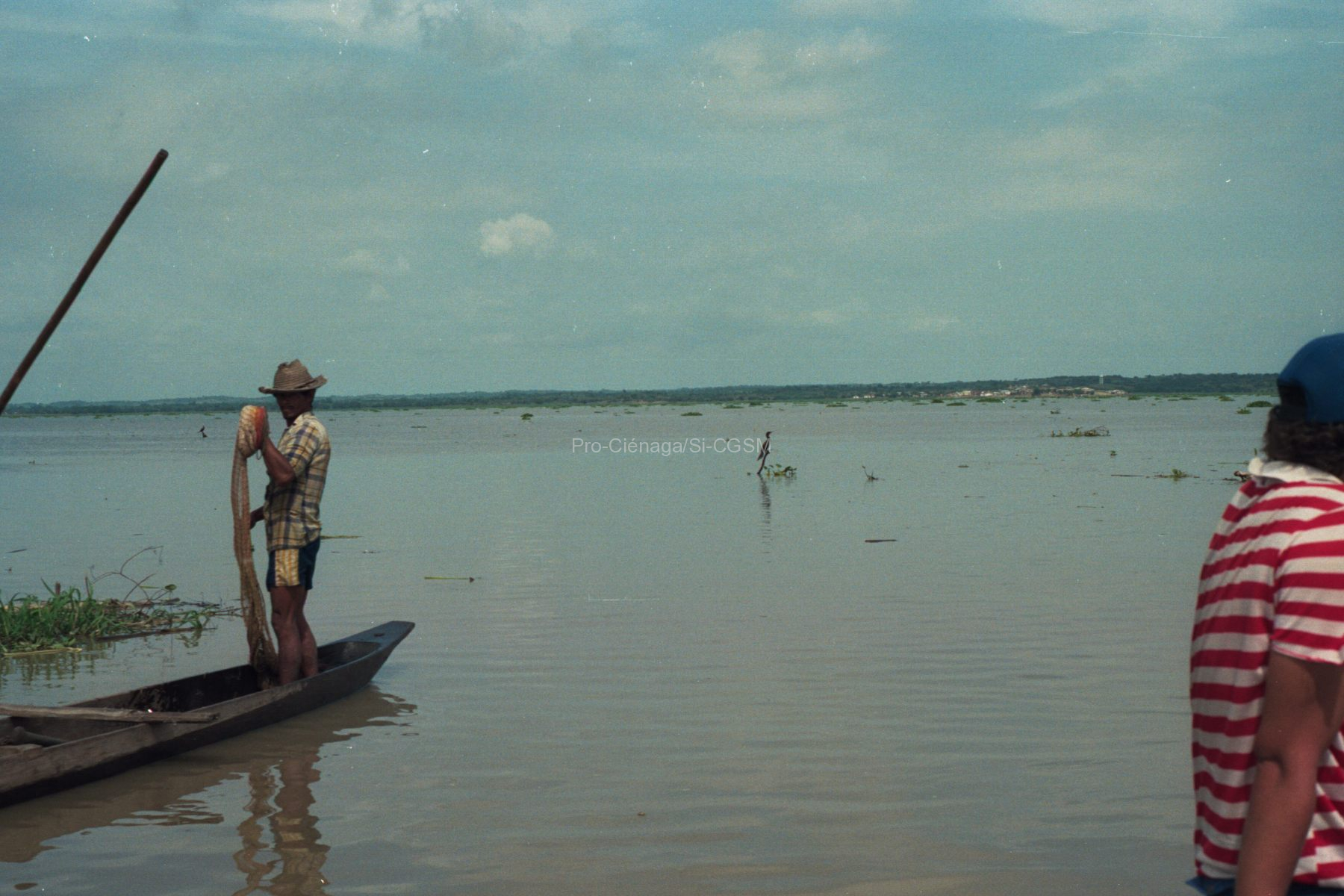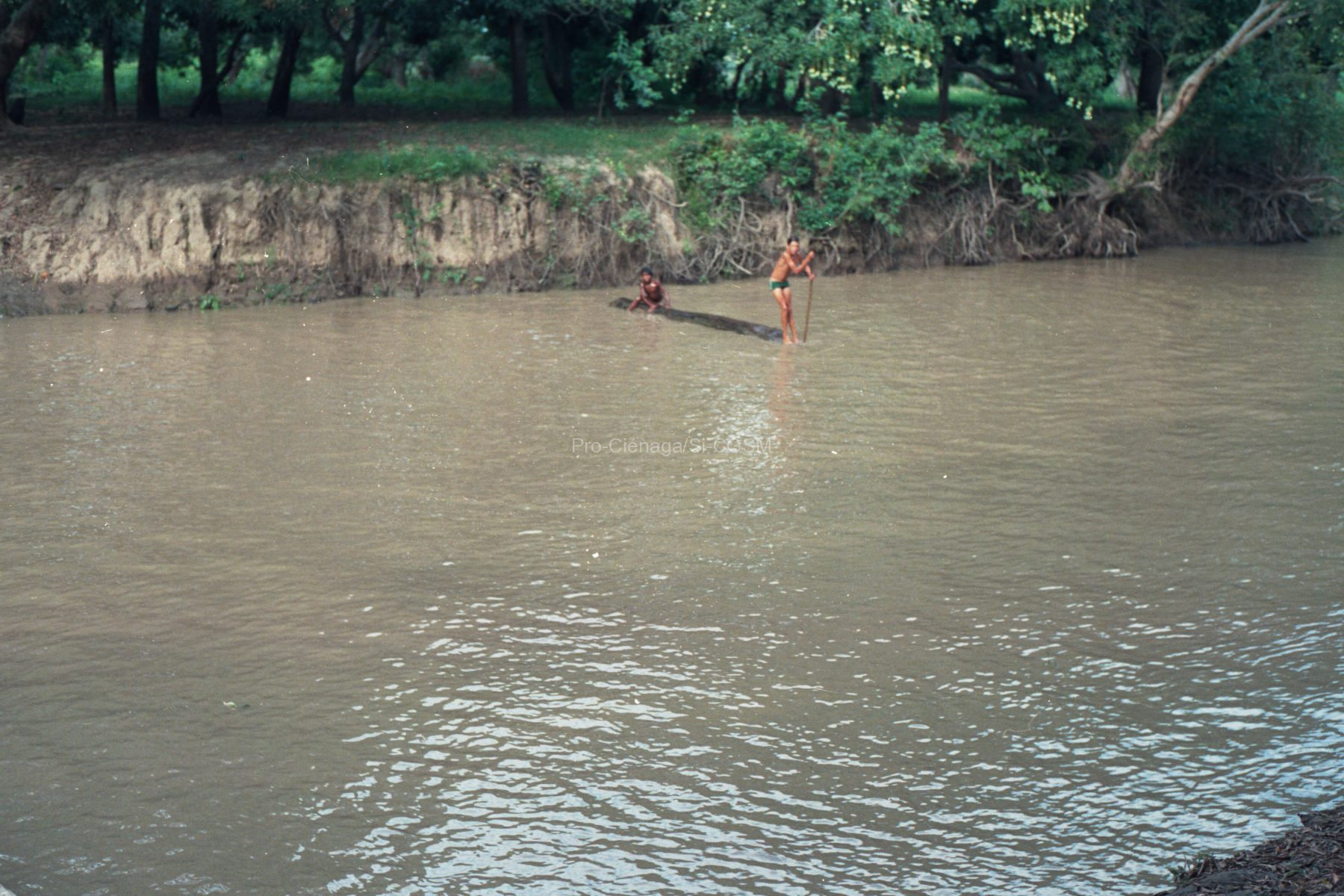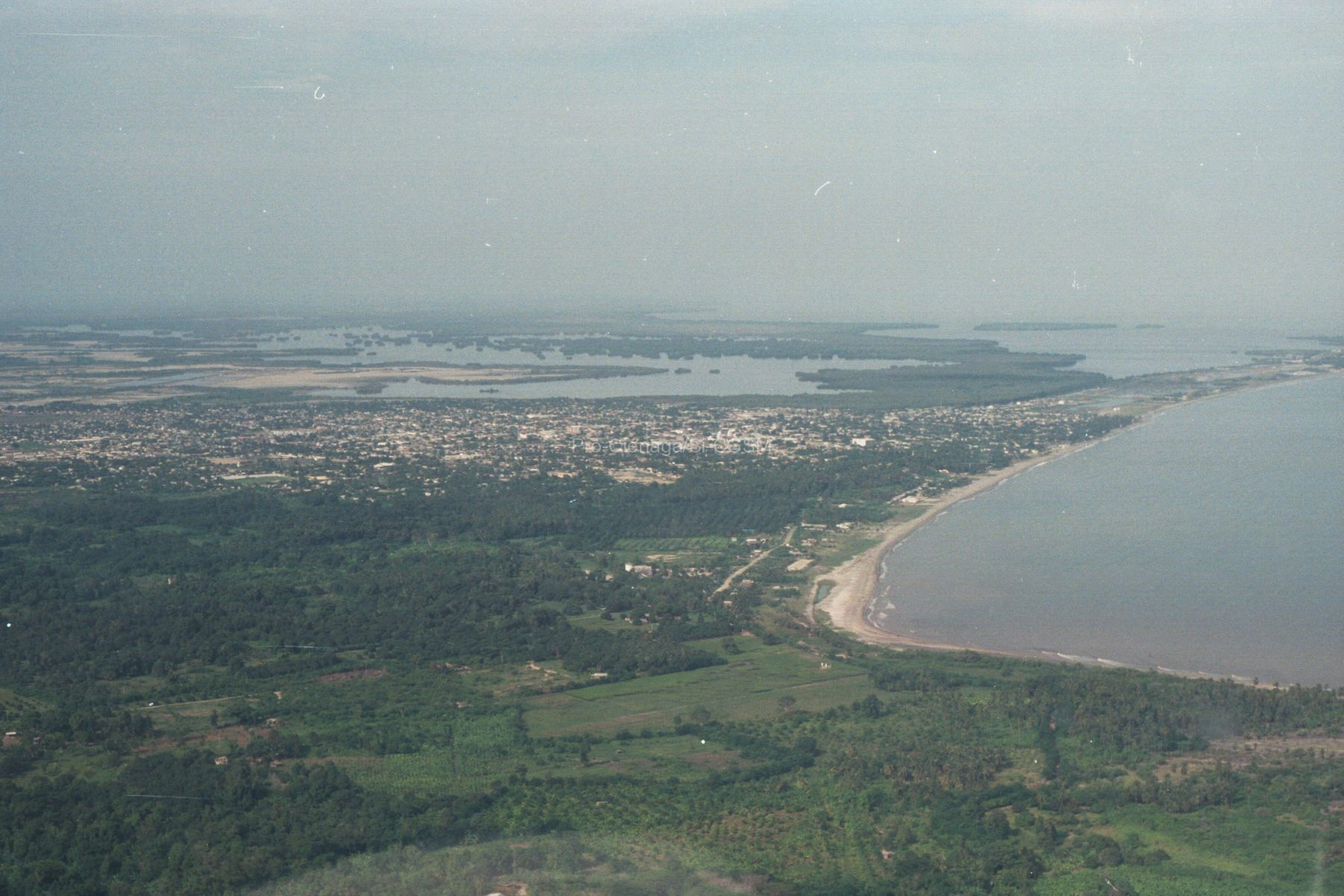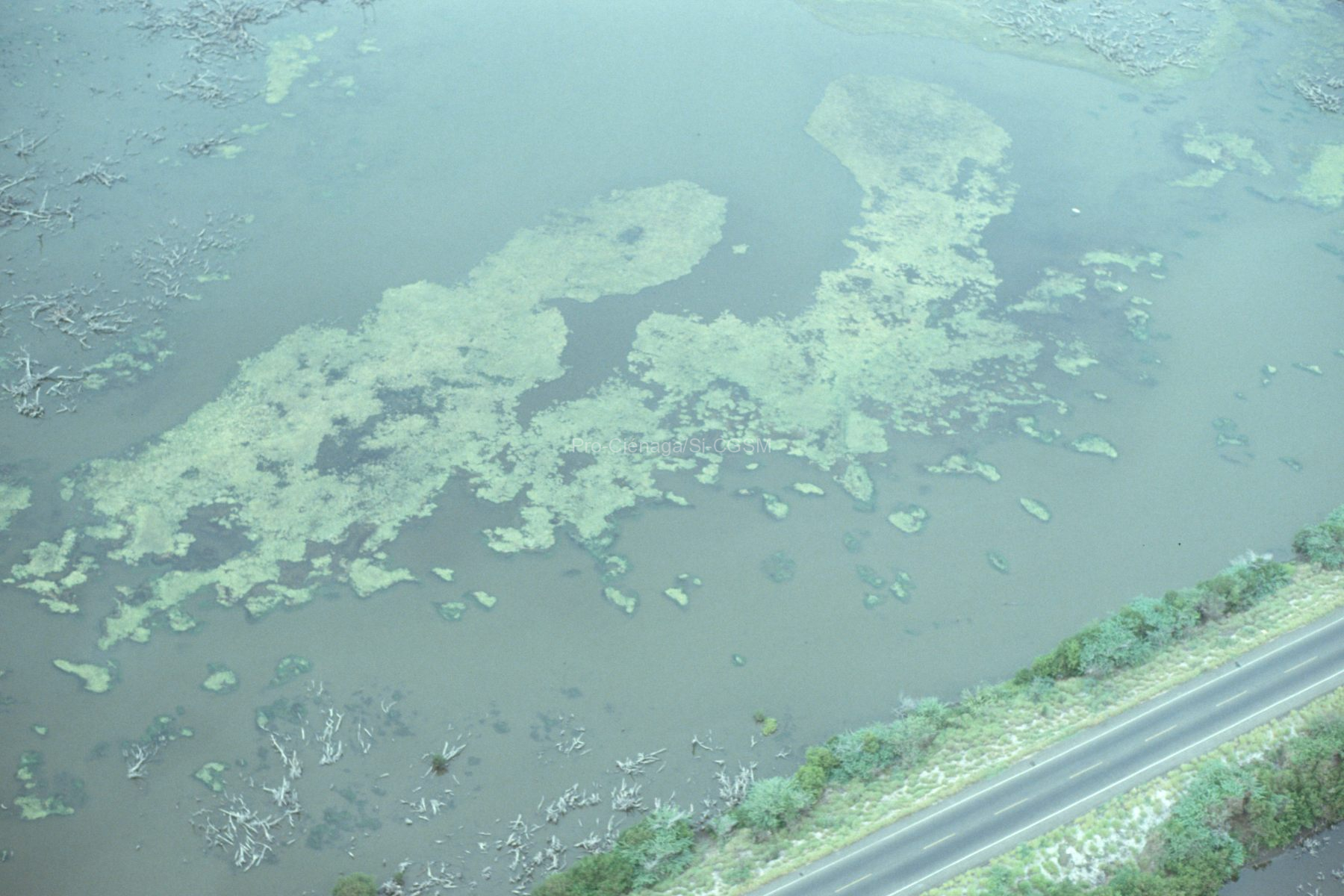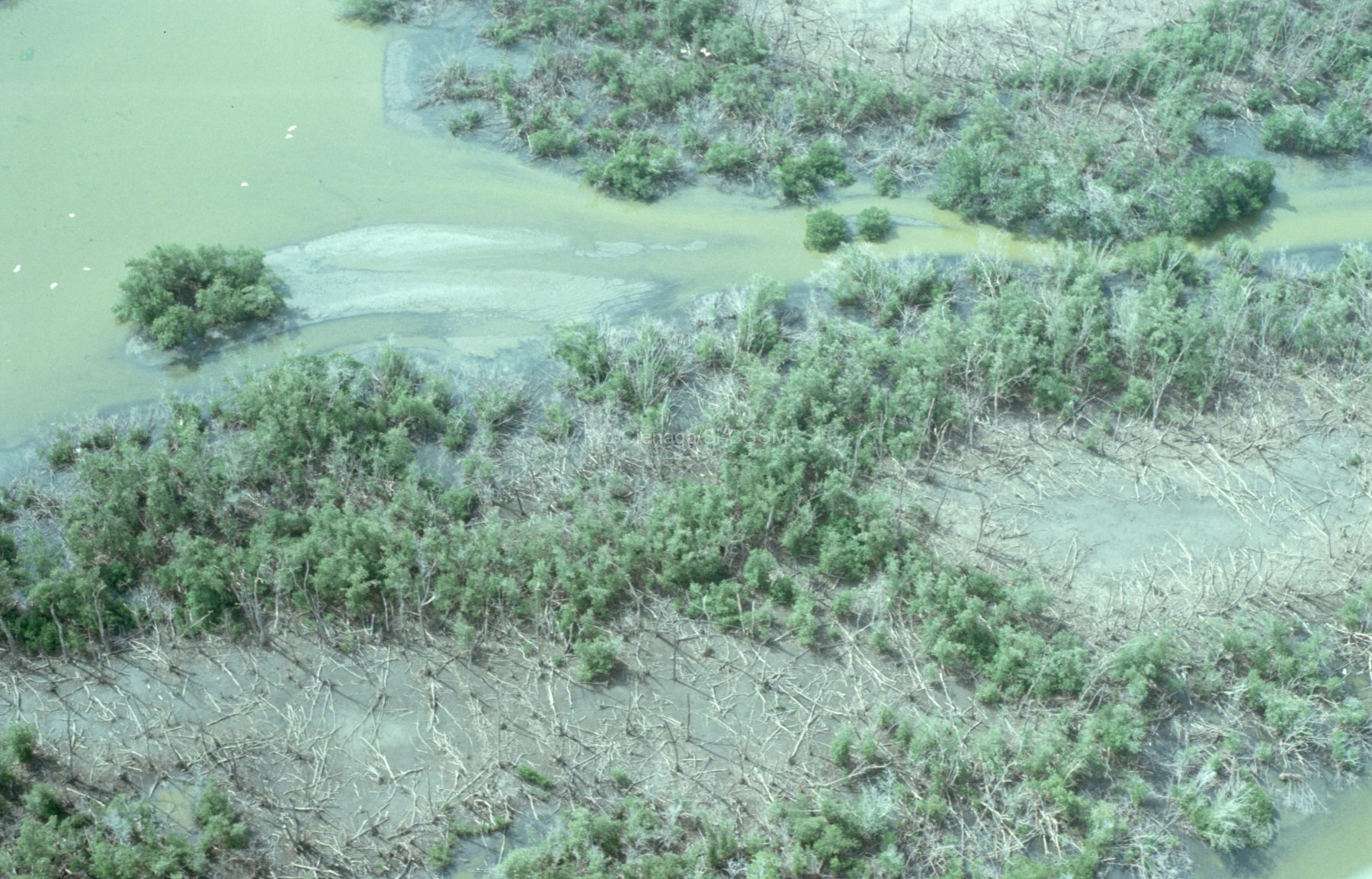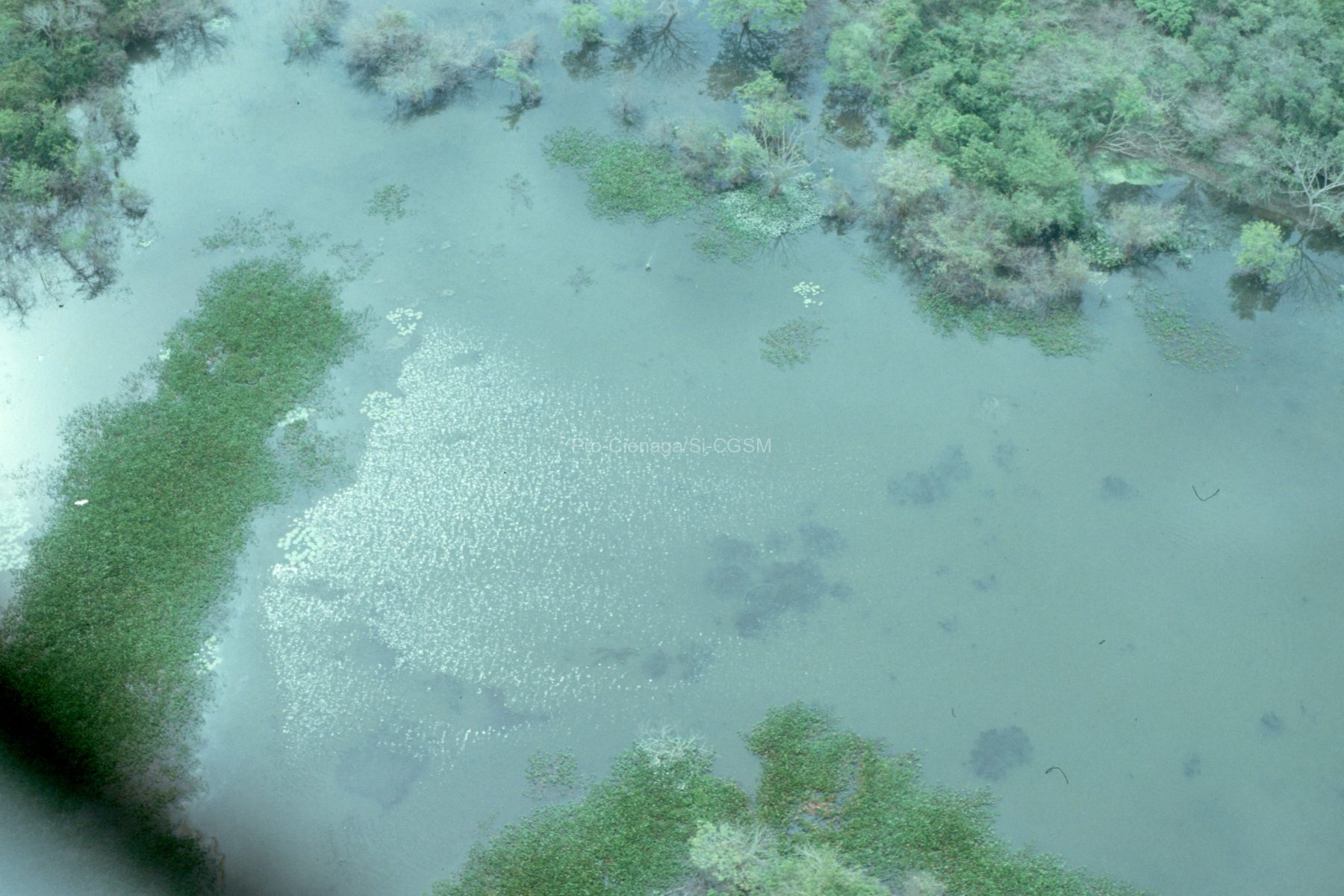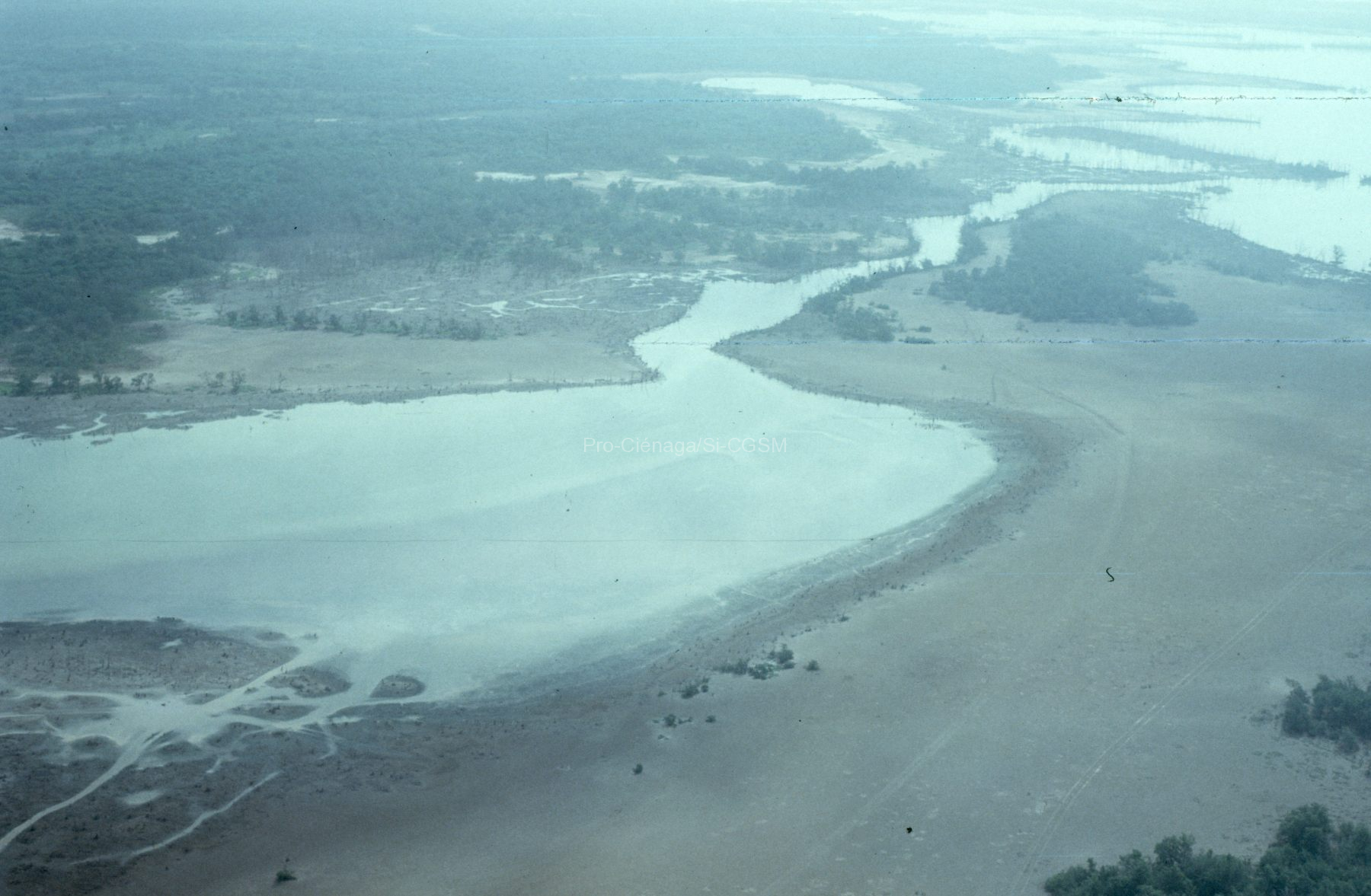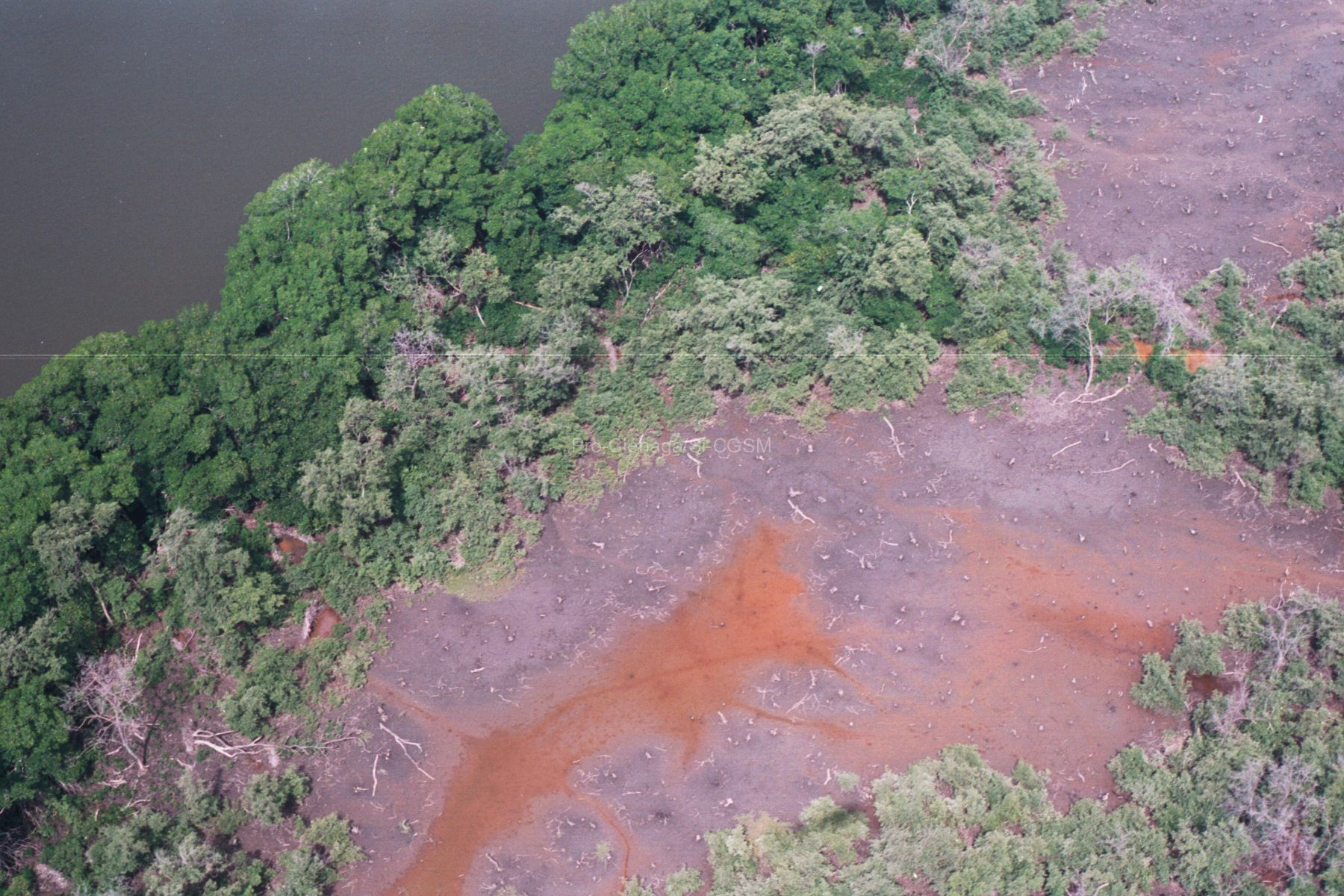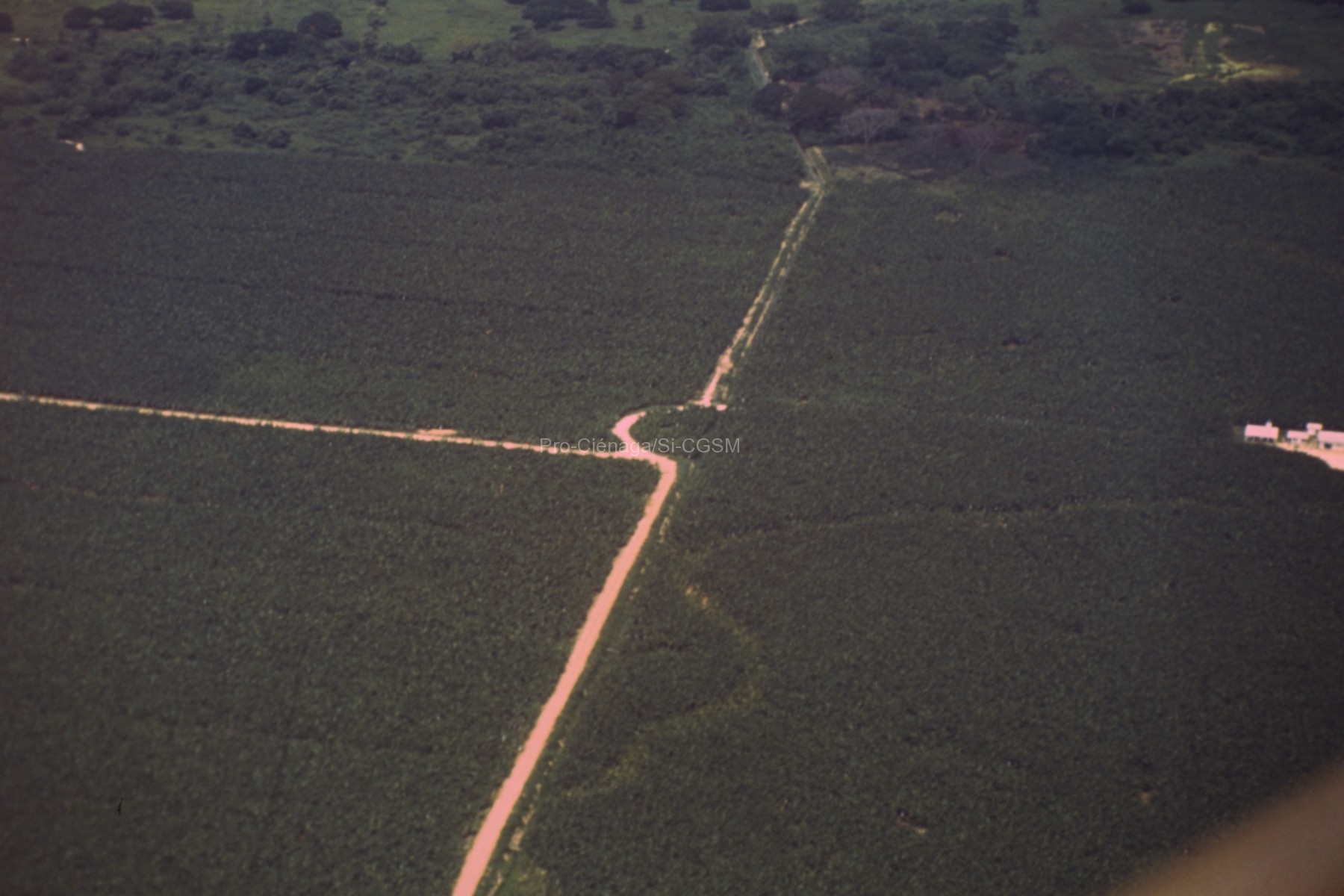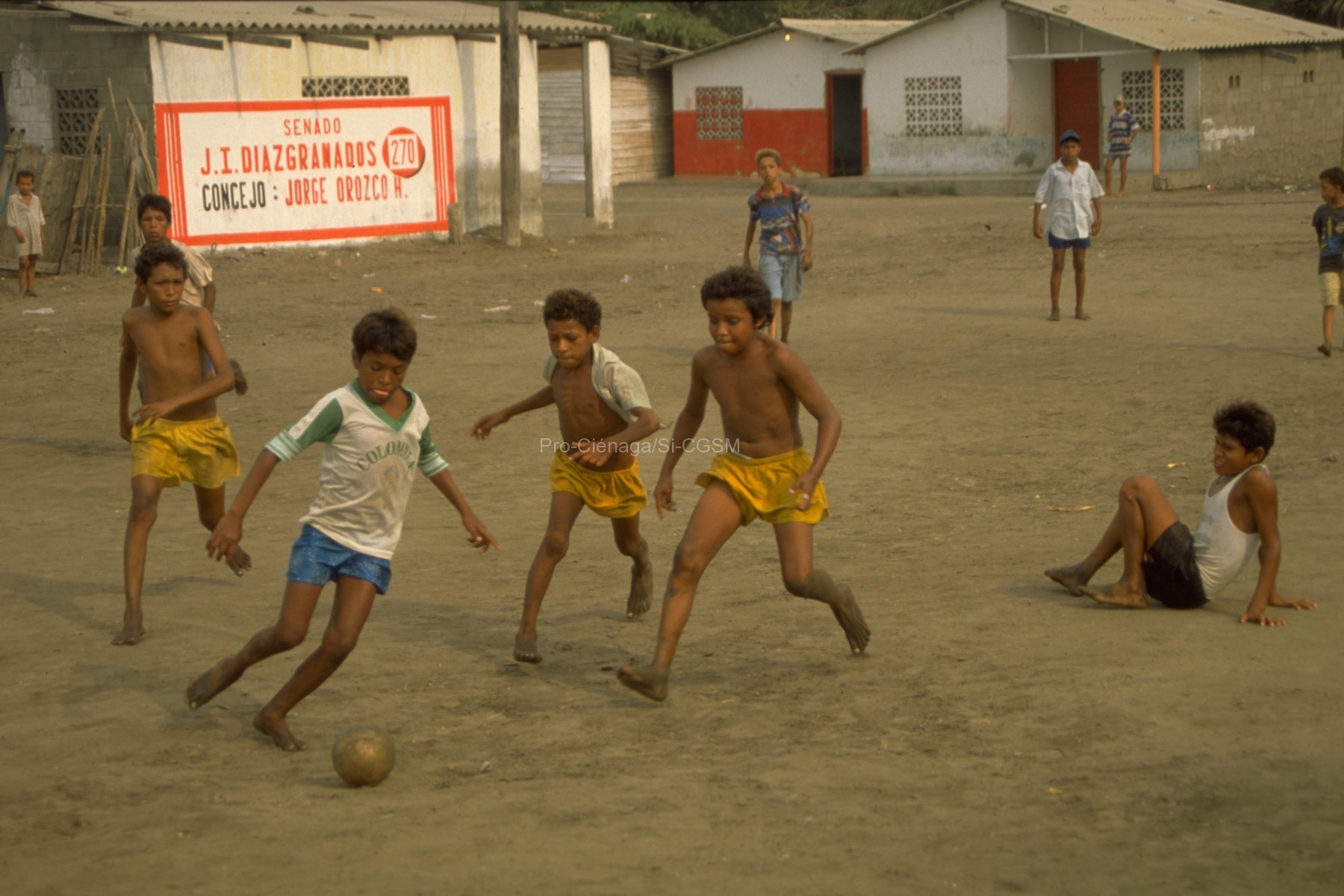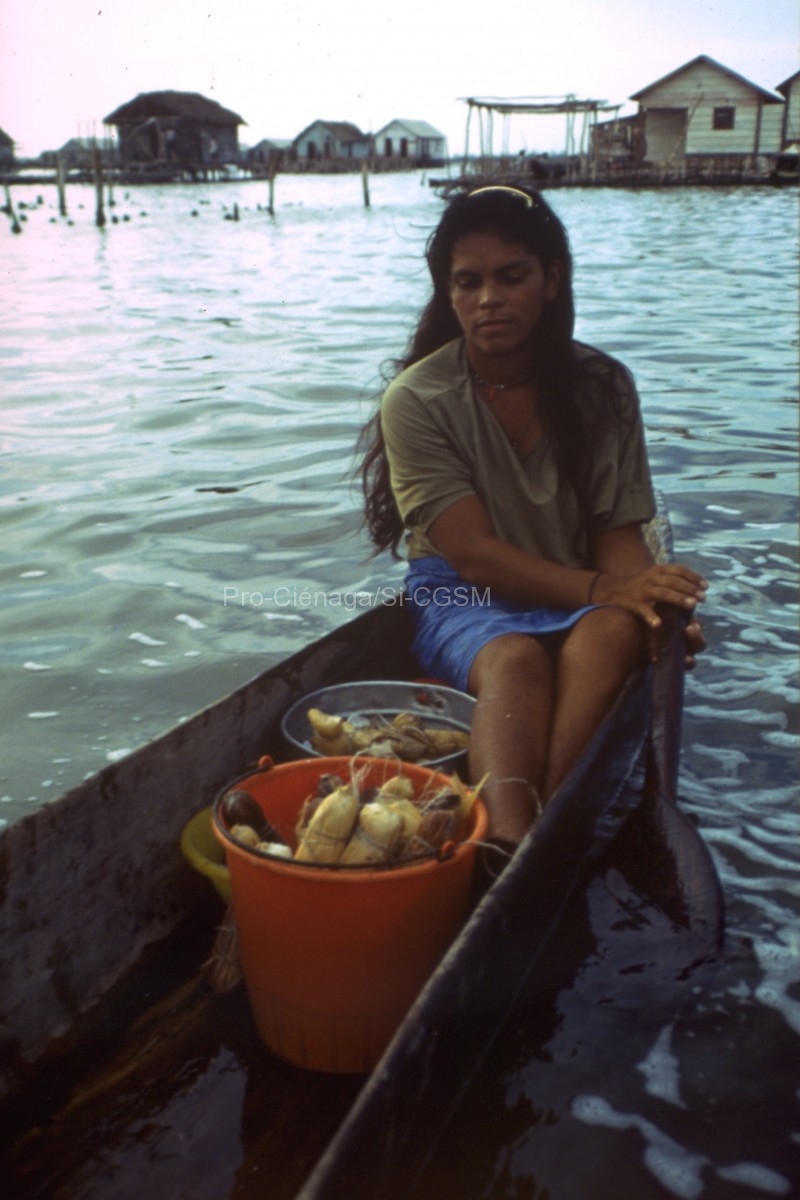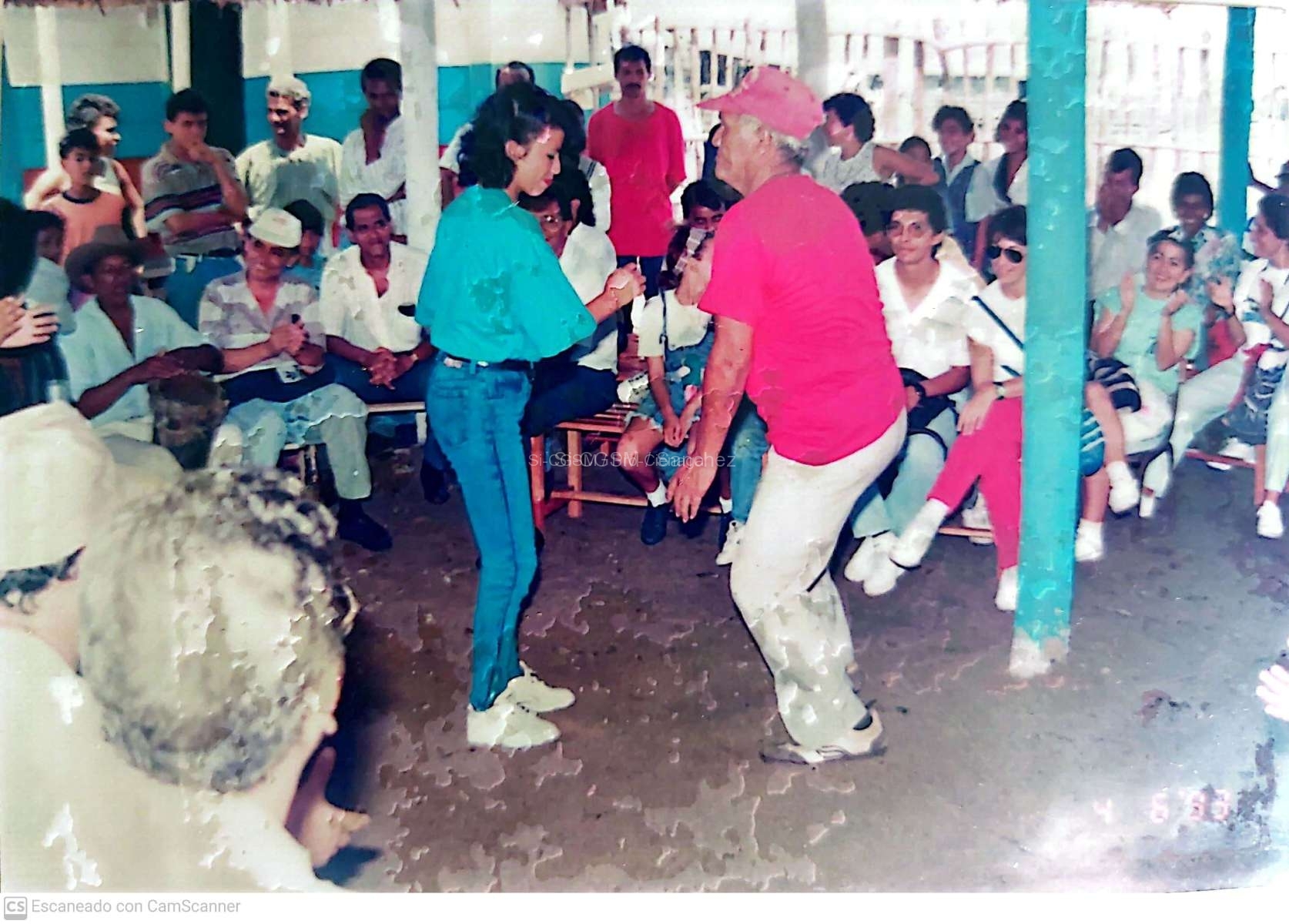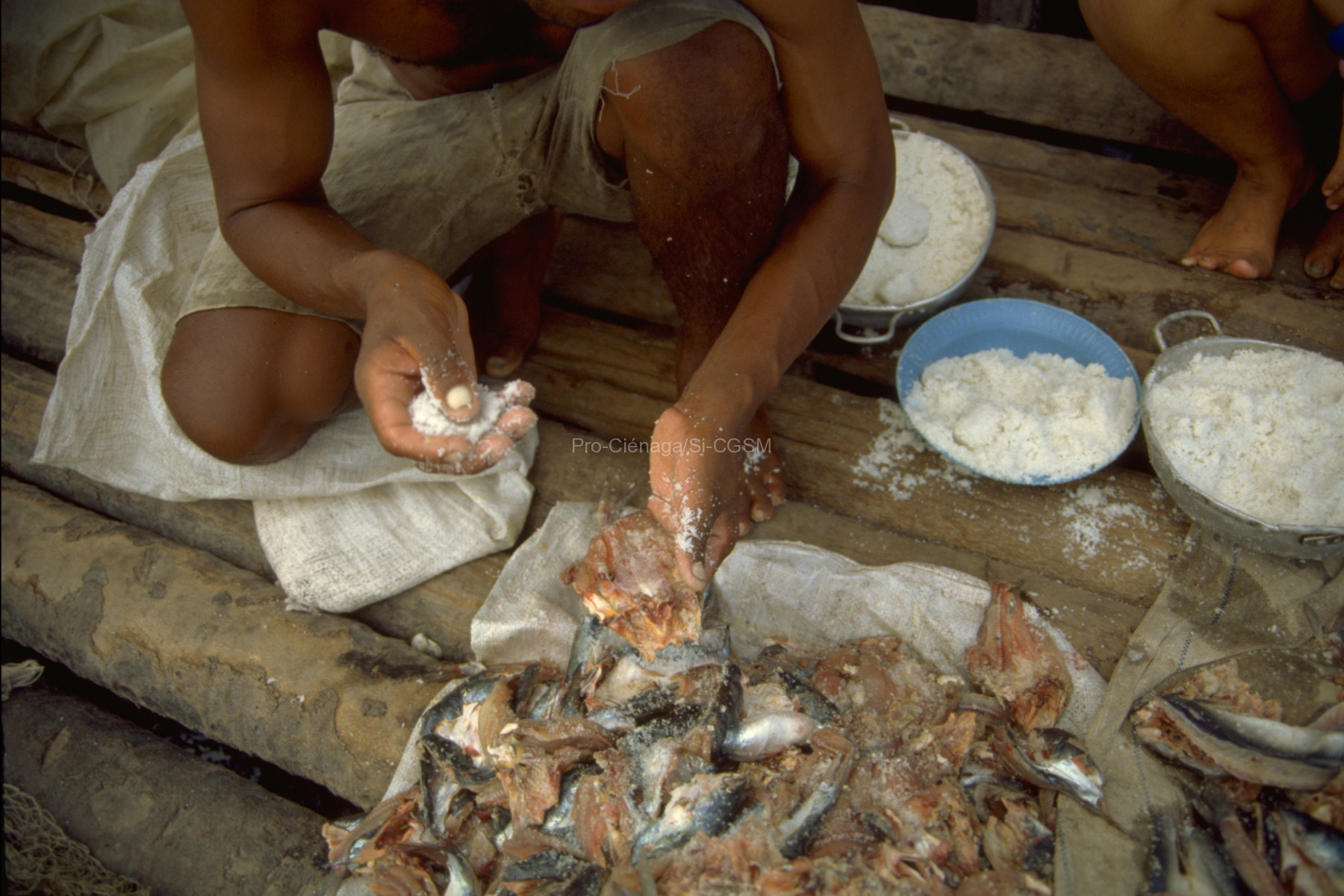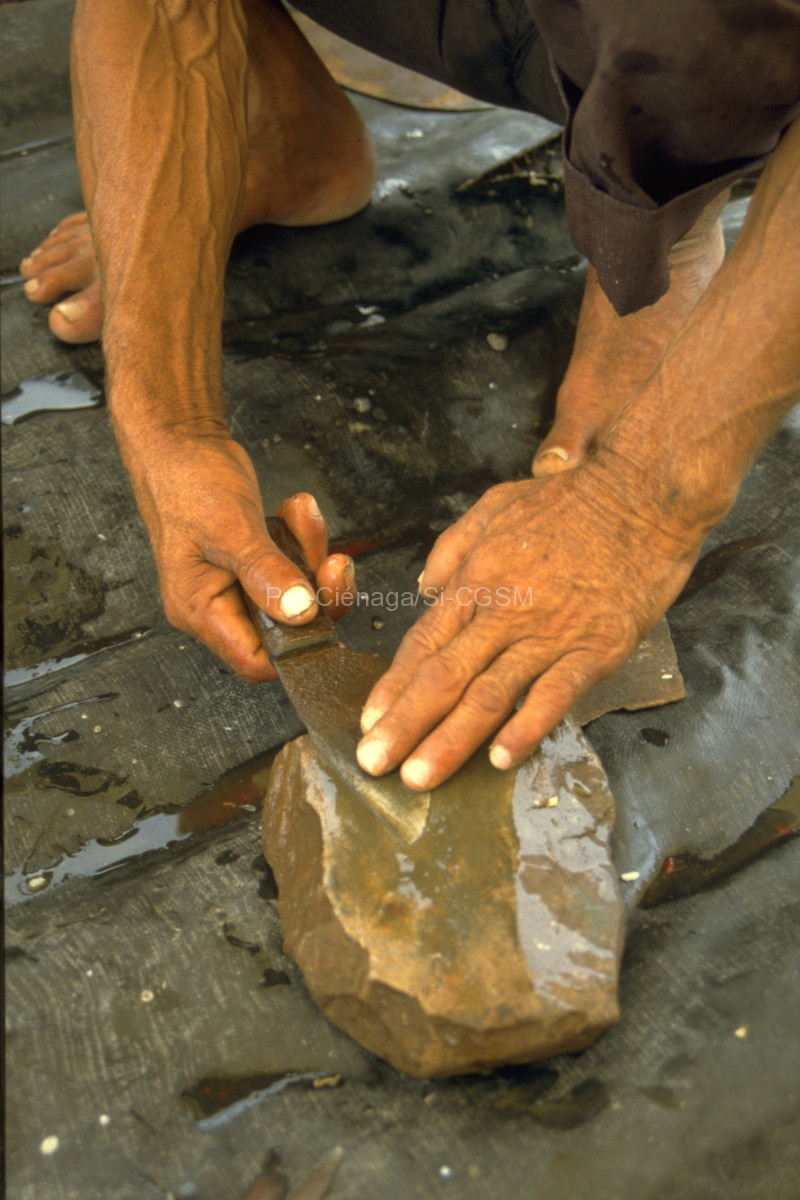https://d-nb.info/1081255714/34
This dissertation investigates factors influencing collective action in the management of Ciénaga Grande de Santa Marta (CGSM) fishery. CGSM is an estuarine lagoon located in the Caribbean coast of Colombia and it is one of the most important fisheries in the country with around 3.500 active fishermen. Its social and ecological importance is remarkable and this is the reason why it was declared a Fauna and Flora Sanctuary in 1977, a Ramsar Site in 1998, and a UNESCO Biosphere Reserve in 2000. Nevertheless, since 1956 CGSM has been degraded by several anthropogenic activities. For example, the construction of a highway along the northern part of the lagoon resulted in a considerable catch reduction, which has deteriorated its inhabitants’ quality of life.
The dissertation is organized in three papers. The first paper, Collective action in a tropical estuarine lagoon: adapting Ostrom’s SES framework to Ciénaga Grande de Santa Marta, Colombia, investigates why collective action for a sustainable use of CGSM’s fishery resources has not taken place. For this purpose, we adapted and implemented Ostrom’s diagnostic Social-Ecological System (SES) framework (2009) to this coastal ecosystem. We found that the most important factors that explain the lack of collective action for the management of the fishery in this lagoon are a) fishermen’s fear of indiscriminate and strong violence that illegal armed groups have inflicted on them since the 1960s, b) the economic development in the Colombian Caribbean region, and c) the socioeconomic condition of its inhabitants.
The second paper, Understanding artisanal fishermen’s behavior: the case of Ciénaga Grande de Santa Marta, Colombia, investigates the influence of socioeconomic and perceptional factors on fishing behavior of CGSM’s fishermen and how that behavior may be impacting CGSM fishery resources by looking at two different points of view, a group of experienced fishermen and a group of experts with extensive knowledge on the fishery. To achieve this we used survey data, interviews and data which had already been collected in the area by the Institute of Marine and Coastal Research “José Benito Vives de Andréis” (INVEMAR), to build individual and composite indicators. These indicators allow us to investigate the ecological impact of fishing spots and fishing gear/methods used by fishermen from CGSM. The estimations suggested that having a higher degree of education, sharing household expenses with other family members, and spending more hours fishing, lead to an ecologically sustainable fishing behavior, whereas the perception that the government is responsible for CGSM conservation leads fishermen to exhibit an ecologically unsustainable fishing behavior.
The third paper, External validity of field economic experiments: a study on cooperation and impatience in an artisanal fishery in Colombia, examines if fishermen’s contributions to a one-shot public goods experiment together with their decisions in two time preference experiments can predict the level of ecological impact they exert on CGSM’s fishery resources in real life. Therefore, it examines the external validity of these experiments. The results show that fishermen’s contribution to the public good and their levels of impatience are not robustly correlated to their real fishing behavior. We argue that the link between fishermen’s behavior in field experiments and real life might be associated with factors such as the specific context in which fishermen live, and in which way the cooperation in real life operates.
Tres trabajos relacionados: Torres Guevara, L. E. (2015), Torres-Guevara, L. E., Lopez, M. C., & Schlüter, A. (2016) y Torres-Guevara, L. E., & Schlüter, A. (2016).

